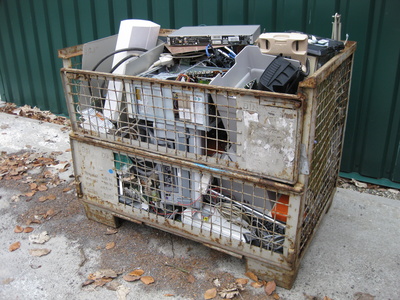With the price of oil at historic low levels the cost of primary plastic is now lower than that of recycled polymers. The cost of collection, processing and production of quality recycled plastics has no index and these cost parameters are not associated with the price of oil.
PCR plastics cannot be indexed against the value of oil. Their origin is from a completely different source. National and European legislation for the collection, treatment, and conversion of plastic products such as waste packaging and WEEE derived plastics form the legal bases for the producer’s responsibility. The cost of recycling made up of environmental compliance, the complex legislative burden such as facility licencing and transboundary shipments, facility infrastructure, applied process and sorting technology, the cost and availability of incinerating plastics containing restricted substances and not least, manpower are not governed by the fluctuations of the oil market.
The Green Deal, Single Use Plastics Directive, Circular Economy Action Plan all need stronger enforcement of their goals. The mandatory content of WEEE derived PCR plastic such as that foreseen for PET beverage containers (30% by 2030) must become part of European and National laws. Taxation models to stimulate the content of PCR plastics in new products must be given serious consideration.
Right now, producers are conveniently forgetting their part in the circular economy. It is after all their products that the recycling industry are collecting and converting for use in new articles. Producers wishing to abandon their responsibilities towards the recycling industry to take advantage of primary plastic prices right now need to look carefully at consumer demand for circular use of plastics. The resistance to consume PCR plastics by producers will affect Fee Modulation calculations where products with no recycled plastic content will be charged a higher rate when placed on the market. Environmental performance labels along with energy efficiency labels will give the consumer a clear choice as to who is following the demand for recycled products.
Ultimately the cost of EPR ends up with the consumer. Whether it is the cost of design, manufacture, or distribution, it all forms part of the price of the product. So too does the cost of end of life care form part of the product price. Consumers will ultimately demand the content of recycled material in their product purchase choices. The feel-good factor for consumers when they deposit an old electrical appliance for recycling that it will one day end up as part of something new is growing. Putting plastic recycling out of business for short term gain is not what is needed now.











